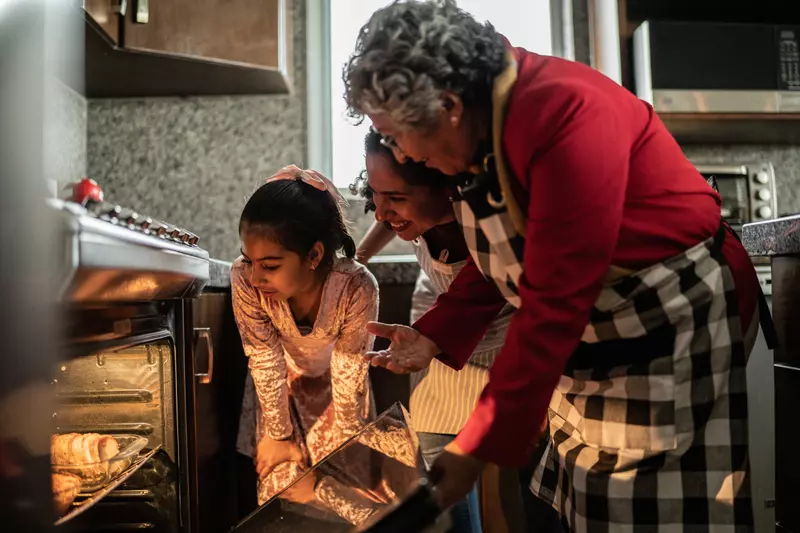- AdventHealth

Choose the health content that’s right for you, and get it delivered right in your inbox.
During the holidays, there’s opportunity to enjoy an abundance of leftovers after you’ve worked hard to cook those big meals. Before you rev up your microwave with your turkey and sweet potato casserole, it’s important to remember some basic food safety rules, including how to properly reheat leftovers. Follow our food reheating guidelines to enjoy your holiday remainders safely.
The Danger Zone
When it comes to food reheating safety, you need to remember the “danger zone,” which refers to temperatures between 40° F and 140° F — a range at which bacteria rapidly multiply. That means you should keep cold food cold, and hot food hot.
There are many types of bacteria that can linger in leftovers. They tend to vary based on what kind of food you’re eating. For example, Clostridium perfringens is a common culprit of food poisoning related to leftover meat, like turkey and roast beef. If meat containing these bacterial cells is cooked and left at room temperature for too long, the bacteria can produce toxins in the body.
5 Common Mistakes
Once you’ve cooked your food, here are five mistakes to avoid when reheating and storing it:
- Letting Food Sit Out for More Than Two Hours
Food should be eaten while it’s still 140° F or warmer. If you’re at a party or event where it’s been sitting out for more than two hours, throw it away. If you’re not going to eat food right away but want to save it for later, store it properly in the refrigerator before the two-hour mark.
- Storing Your Food in a Refrigerator That’s Too Warm
You should store food in a refrigerator that’s set at 40° F or below, and a freezer that’s set at 0° F or below. This is important to keep bacteria from growing.
- Storing Your Food in Containers That Are Not Airtight
Think wrapping aluminum foil over that plate of mashed potatoes will cut it? Think again. You need an airtight container so there’s as little extra air as possible coming into contact with the food. That helps keep bacteria out and preserves moisture.
- Eating Leftovers After 3 to 5 Days
According to the USDA FSIS, you should only keep leftovers in the refrigerator for 3 to 4 days, and in the freezer for 3 to 4 months.
- Reheating Food to a Too-Low Temperature
Make sure leftovers reach the minimum temperature for reheating food. According to the U.S. Department of Agriculture’s Food Safety and Inspection Service (USDA FSIS), that’s 165° F as measured with a food thermometer (the only reliable measurement for food safety). For sauces, soups and gravies, the USDA FSIS advises bringing them to a rolling boil. Also, cover leftovers when you reheat them to keep in moisture and ensure the food is heating all the way through.
And don’t forget leftover “leftovers.” It may seem risky, but you can refreeze food after you’ve reheated it.
Keeping You Healthy All Season Long
We’re here to help you and your family healthy and stay safe this winter season. If you think you or a loved one has food poisoning and need to find a provider, find an AdventHealth primary care doctor near you.
You can also learn more about our emergency and urgent care services and locations.


